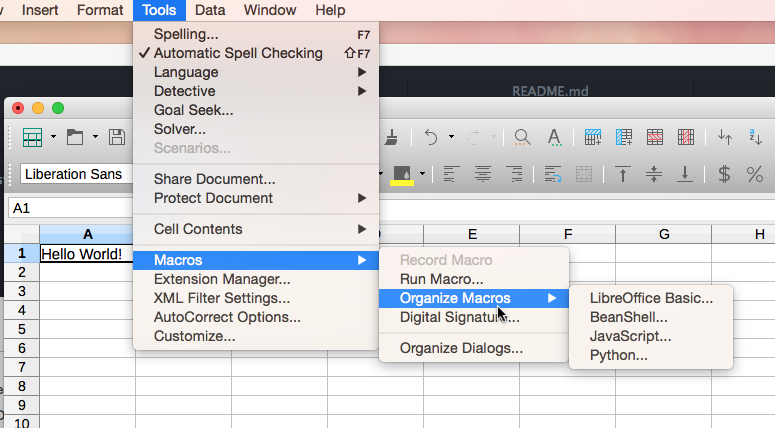

(Also, I’m so glad you honed in on forking and merging copies… I find it super useful, and many people miss it.) You make a great point that Grist is really a database with a spreadsheet interface. Ooh, thank you for the post! Dmitry here, co-founder of Grist. Posted in Software Development, Software Hacks Tagged python, spreadsheets Post navigation On the other hand, we also enjoy abusing traditional spreadsheets, too. But the fact that this is spreadsheet-like will make it more palatable in certain situations. Honestly, we might be as comfortable with Jupyter. This seems like a good balance between coding everything and the much-vaunted “no code” tools floating around. Since this is Hackaday, you might prefer a Morse code quiz. For example, if you want to see which goat begat which goat… there’s an example for that. You can easily make dashboards and different views on data. You can fork spreadsheets and reconcile copies sort of like merging source-controlled programs. What if you want a grand total at the bottom? Then you add a widget which is actually a separate table. Depending on your point of view, that might be a feature.

That’s fine, but you’ve now done that for every row in the table. So if you have a row with a quantity and a price on it, you might add a column that computes the total price. Grist isn’t exactly a spreadsheet - it is more of a spreadsheet-like interface on a database.

If you are adept at spreadsheets, be prepared. You can even try it out without even logging in and either start with a blank screen or use a template. The code is open source and if you want it hosted, there are free and paid plans. It looks like a spreadsheet, but underneath are SQLite tables and the formula language is Python. Grist is a “hacker’s” spreadsheet that merges these worlds. But you can also get a lot of things done quickly using a spreadsheet. You can write a Python program or use a Jupyter Notebook to do almost anything.


 0 kommentar(er)
0 kommentar(er)
